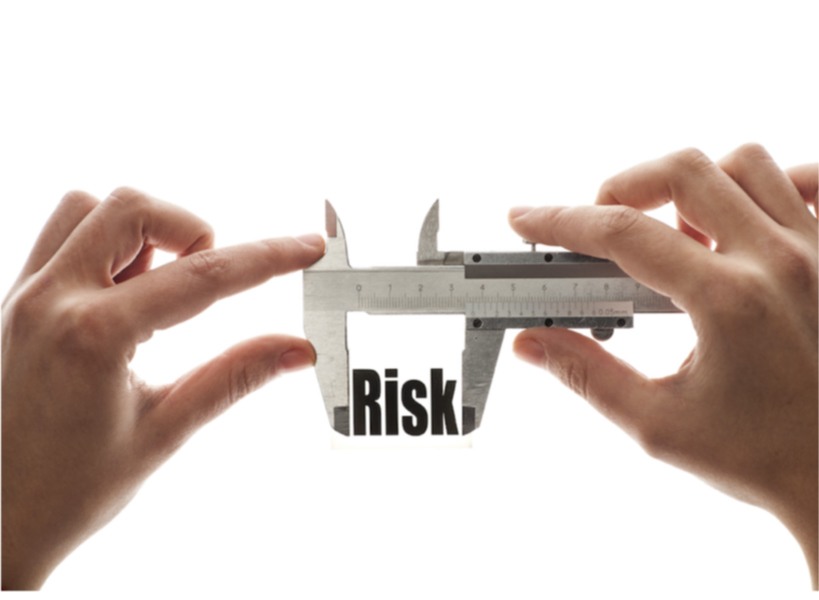
Amid elevated interest rates and slowing economic growth, corporate interest coverage is shrinking and financial risks are growing for U.S. companies, says Standard & Poor’s Financial Services Inc.
In a new report, the rating agency said a 40-year trend toward higher interest coverage, which represents the availability of corporate earnings to meet interest costs, is now likely at an end.
“Interest coverage rose historically during a sustained period of rising profit margins and falling interest rates, boosted by factors linked to deepening globalization,” the report said.
However, with these factors now reversing, interest coverage is dropping, the report said.
“This reflects the dual pressures of rising interest payments and rapidly deteriorating profits growth,” it said.
Interest coverage has already dropped sharply this year, and that’s expected to continue in the second half, the report said.
“Even though we anticipate a modest recovery in 2024, the break in trend will likely be decisive given the one-off factors that drove the long uptrend,” it said.
“Many of these factors are moving into reverse due to growing trade tensions, eroding emerging-market labour cost differentials, global supply-chain reshoring, and the taxation of environmental externalities,” it said.
The factors driving disinflation and low interest rates have dissipated too, it noted. This includes the impact of the end of the Cold War, the growth of free trade, and the rise of China as a source of cheap manufacturing.
“It remains too early to say whether central banks will succeed in re-anchoring inflation expectations back to levels prevailing before Covid-19 stimulus and the war in Ukraine, but the structural forces that caused interest rates to fall are much diminished,” it said.
This trend toward lower interest coverage represents a warning sign for credit risk.
While it shouldn’t be an issue for investment-grade companies and speculative-grade companies with stronger balance sheets, weaker companies are “more vulnerable,” the report said. S&P expects median interest cover to drop to its lowest level since 2004 by the end of this year for companies rated B– and below, and to remain at these levels in 2024.
“Industries with a significant share of uncovered interest are concentrated in telecoms … technology hardware, software, media, and pharmaceuticals and biotech,” the report said.
Moreover, the report said, “The end of the long uptrend in interest cover may signal a more profound shift in financial risks,” as it could increasingly expose unsustainable capital structures.
“With economic growth set to remain subpar and effective corporate interest rates rising as cheap debt is replaced by more expensive borrowing, weaker corporate borrowers appear particularly vulnerable to interest payment pressures and elevated levels of capital structure strain,” it concluded.